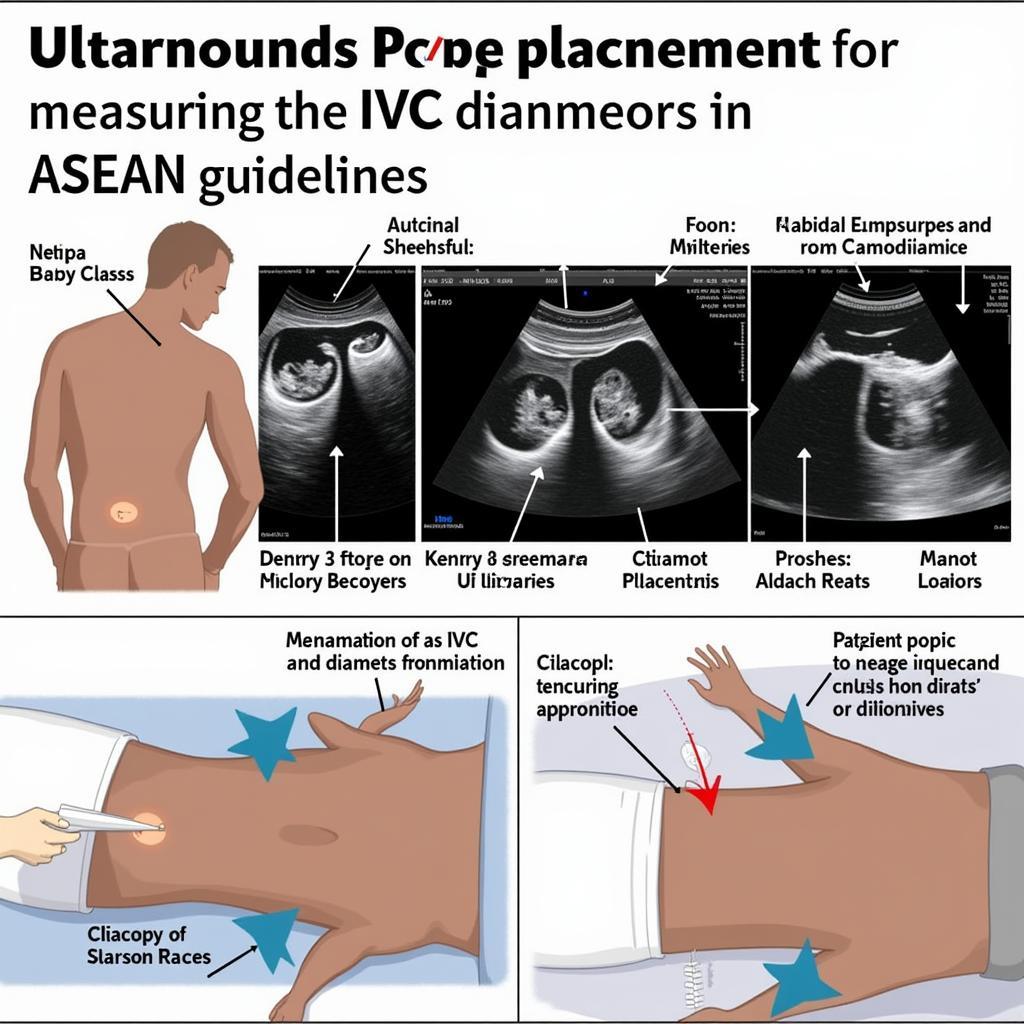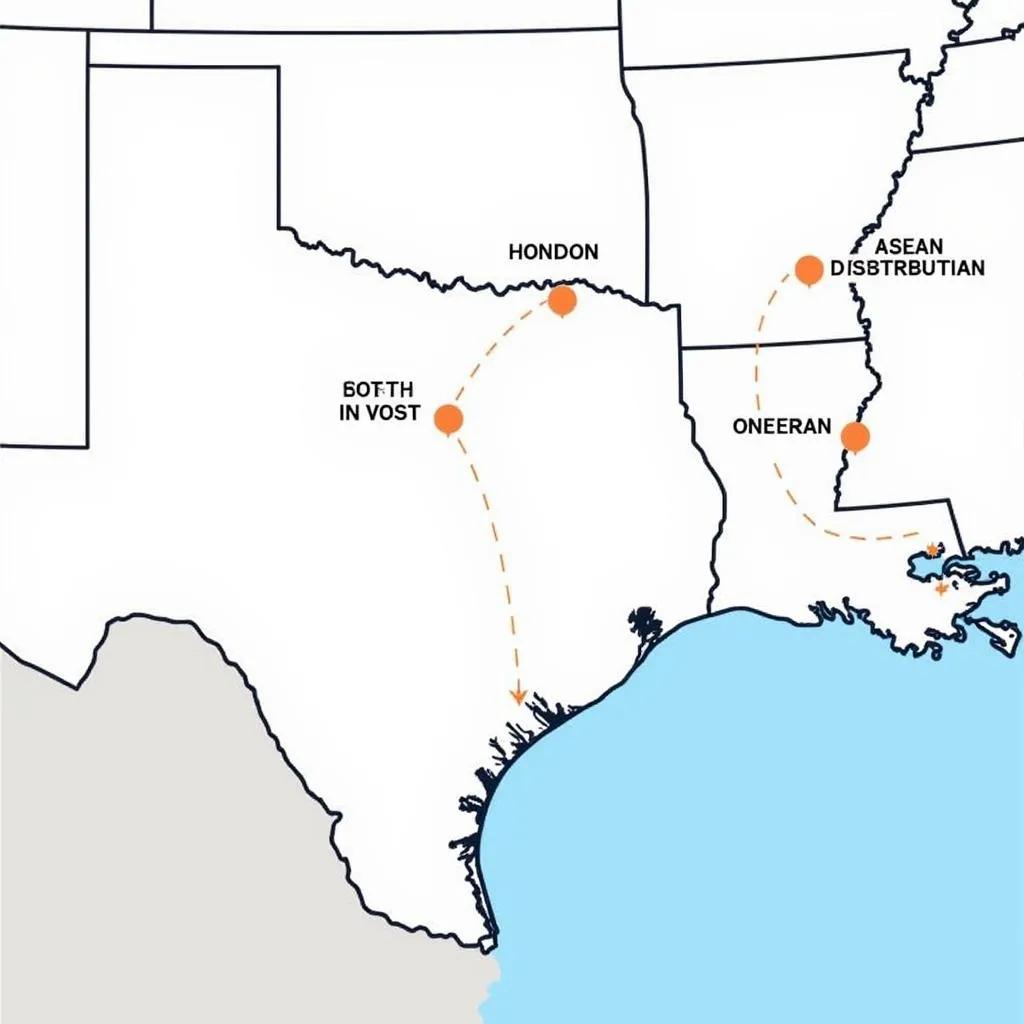About Asean Integration 2015 marked a significant turning point in the history of Southeast Asia. This year saw the official establishment of the ASEAN Economic Community (AEC), a landmark achievement in the region’s journey towards deeper integration. The AEC aimed to create a single market and production base, enhancing competitiveness, attracting foreign investment, and ultimately improving the lives of over 600 million people across the ten member states.
The 2015 integration was not just about economics; it also encompassed socio-cultural and political-security pillars, further solidifying ASEAN’s position on the global stage. The vision was ambitious: to transform Southeast Asia into a region characterized by peace, stability, prosperity, and social progress. But what exactly did this integration entail, and what were its implications for the diverse nations that make up ASEAN?
The Pillars of ASEAN Integration in 2015
The ASEAN integration of 2015 was built on four key pillars: the AEC, the ASEAN Political-Security Community (APSC), the ASEAN Socio-Cultural Community (ASCC), and the overall connectivity within ASEAN. These pillars worked together to foster cooperation and integration in various fields.
The ASEAN Economic Community (AEC)
The AEC was the most prominent component of the 2015 integration. Its core goals were to establish a single market and production base, facilitate the free flow of goods, services, investment, and skilled labor, and promote equitable economic development across the region. The AEC aimed to reduce trade barriers, harmonize regulations, and create a more business-friendly environment. This initiative held the promise of unlocking significant economic potential and driving growth across Southeast Asia.
2015 asean integration is it beneficial for the philippines
The ASEAN Political-Security Community (APSC)
The APSC focused on promoting regional peace and security through dialogue, cooperation, and preventive diplomacy. It addressed a wide range of security challenges, including transnational crime, terrorism, and maritime security. The 2015 milestone for the APSC aimed to strengthen regional mechanisms for conflict resolution and enhance cooperation among member states in addressing shared security concerns.
The ASEAN Socio-Cultural Community (ASCC)
The ASCC sought to foster a sense of shared identity and community among the people of ASEAN. It promoted cultural exchange, education, environmental protection, and social development. In 2015, the ASCC aimed to enhance people-to-people connectivity, strengthen social protection systems, and promote environmental sustainability.
Enhancing Connectivity
Connectivity within ASEAN was a crucial aspect of the 2015 integration. This involved improving physical infrastructure, such as roads, railways, and ports, as well as enhancing digital connectivity and facilitating the movement of people and goods across borders. Improved connectivity aimed to stimulate trade, tourism, and investment, contributing to overall economic development.
What were the Key Objectives of ASEAN Integration 2015?
The key objectives of about ASEAN integration 2015 revolved around creating a more integrated, prosperous, and secure region. These included:
- Economic growth: The AEC aimed to boost economic growth by fostering a more competitive and integrated market.
- Job creation: Increased trade and investment were expected to generate new employment opportunities.
- Poverty reduction: The integration aimed to lift people out of poverty through economic development and social programs.
- Enhanced regional security: The APSC aimed to strengthen regional cooperation in addressing security challenges.
- Increased people-to-people contact: The ASCC aimed to promote cultural exchange and understanding.
Challenges and Opportunities of the 2015 Integration
While the 2015 integration presented significant opportunities, it also came with its share of challenges.
Challenges
- Differing levels of development: The ASEAN member states varied greatly in their levels of economic development, which posed a challenge to achieving equitable integration.
- Non-tariff barriers: While tariffs were reduced, non-tariff barriers, such as differing regulations and standards, continued to hinder trade.
- Implementation gaps: Translating the agreements into concrete action and ensuring effective implementation across all member states proved to be a challenge.
Opportunities
- Larger market access: The single market provided businesses with access to a larger consumer base.
- Increased foreign investment: The integrated market attracted greater foreign investment, leading to job creation and economic growth.
- Enhanced regional cooperation: The integration fostered closer cooperation among member states in various areas.
Expert Insights on ASEAN Integration 2015
Dr. Maria Santos, a prominent economist specializing in Southeast Asian affairs, commented on the 2015 integration: “The establishment of the AEC was a watershed moment for ASEAN, marking a significant step forward in regional integration. While challenges remain, the AEC holds immense potential for driving economic growth and improving the lives of millions across the region.”
Professor Nguyen Van Tuan, a political scientist and ASEAN expert, added: “The 2015 integration reinforced ASEAN’s role as a key player in the global arena. It demonstrated the region’s commitment to multilateralism and its ability to address shared challenges through collective action.”
Conclusion
About ASEAN integration 2015 was a pivotal year for Southeast Asia, marking a significant milestone in the region’s journey towards greater integration. While challenges persisted, the establishment of the AEC and the strengthening of other pillars laid the foundation for a more prosperous, secure, and integrated ASEAN. The 2015 integration was not an end in itself but a crucial step towards achieving the vision of a truly integrated and thriving Southeast Asian community.
asean 2015 integration article
FAQs about ASEAN Integration 2015
1. What is the ASEAN Economic Community (AEC)?
The AEC is a key component of the ASEAN integration process, aiming to create a single market and production base for goods, services, investment, and skilled labor.
2. What were the main goals of the 2015 integration?
The main goals were to boost economic growth, create jobs, reduce poverty, enhance regional security, and increase people-to-people contact.
3. What were some of the challenges faced in 2015?
Challenges included differing levels of development among member states, non-tariff barriers, and implementation gaps.
4. How did the 2015 integration benefit businesses?
Businesses gained access to a larger market, increased foreign investment opportunities, and a more stable regional environment.
5. What was the role of the ASCC in the 2015 integration?
The ASCC focused on promoting socio-cultural cooperation, fostering a sense of shared identity, and enhancing people-to-people connectivity.
6. What were the key aspects of connectivity emphasized in 2015?
Connectivity focused on improving physical infrastructure, digital connectivity, and the movement of people and goods.
7. What is the significance of the APSC?
The APSC aimed to strengthen regional security cooperation, addressing challenges like transnational crime and maritime security.
advantage and disadvantage of asean integration 2015
Common Scenarios and Questions
- Scenario: A business owner looking to expand into Southeast Asia.
- Question: How can the AEC help my business?
- Scenario: A student researching the history of ASEAN.
- Question: What was the significance of 2015 in the ASEAN integration process?
- Scenario: A policymaker interested in regional security.
- Question: How did the 2015 integration impact the APSC?
Further Exploration
For more information, explore articles on ASEAN integration, the AEC, and the individual member states.
Contact Us
For assistance, contact us at Phone: 0369020373, Email: [email protected], or visit us at Thôn Ngọc Liễn, Hiệp Hòa, Bắc Giang, Việt Nam. We have a 24/7 customer service team.


